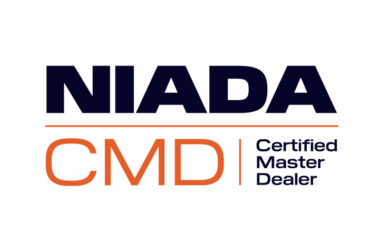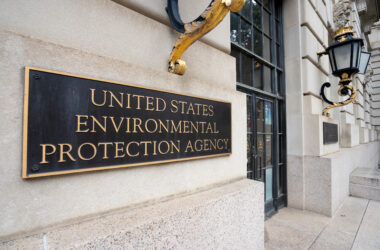After keeping interest rates stable last month, the Federal Open Market Committee could consider increasing rates again when they meet Tuesday and Wednesday.
From the June meeting, the FOMC hinted at future hikes before the end of the year. Federal Reserve System Governor Christopher Waller hinted at the first hike coming in July during his speech July 13 at the Money Marketeers of New York University.
“I see two more 25-basis-point hikes in the target range over the four remaining meetings this year as necessary to keep inflation moving toward our target,” Waller said. “Furthermore, I believe we will need to keep policy restrictive for some time in order to have inflation settle down around our 2 percent target. Since the June meeting, with another month of data to evaluate lending conditions, I am more confident that the banking turmoil is not going to result in a significant problem for the economy, and I see no reason why the first of those two hikes should not occur at our meeting later this month.”
The Federal Reserve’s decided last month to temporarily pause its interest rate hikes to evaluate its efforts to curb inflation. The Federal Reserve kept its target rate for federal funds at 5 to 5.25 percent. It ended a streak of 10 straight hikes in interest rates since early 2022.
Following that decision, the Federal Reserve received encouraging news in early July that inflation was closing in on the target of 2 percent.
The annual inflation rate fell from a high of 9 percent last year to 3 percent, according to the newest data from the U.S. Bureau of Labor Statistics. The core index, minus the volatile food and energy prices, showed an annual increase of 4.8 percent.
“The index for all items less food and energy rose 0.2 percent in June, the smallest 1-month increase in that index since August 2021,” the BLS report stated.
Waller said the FOMC will need to see similar reports moving forward to stop the hikes.
“One data point does not make a trend. Inflation briefly slowed in the summer of 2021 before getting much worse, so I am going to need to see this improvement sustained before I am confident that inflation has decelerated,” Waller said.
In the minutes from the June meeting, nearly all members of the FOMC noted in their economic projections that additional increases in the target federal funds rate during 2023 would be appropriate.
“Most participants observed that uncertainty about the outlook for the economy and inflation remained elevated and that additional information would be valuable for considering the appropriate stance of monetary policy,” said the FOMC Minutes from June 13-14. “Many also noted that, after rapidly tightening the stance of monetary policy last year, the Committee had slowed the pace of tightening and that a further moderation in the pace of policy firming was appropriate in order to provide additional time to observe the effects of cumulative tightening and assess their implications for policy.”
The rising interest rates have impacted the used vehicle market and consumers in the past year significantly.
According to Experian’s State of Automotive Finance first quarter report, the average used car loan amount dropped in the first quarter from $28,010 at the start of 2022 to $26,420. But with the average interest rate increasing from 8.67 percent in the past year to 11.17 percent, the average monthly payment grew from $505 to $516.










